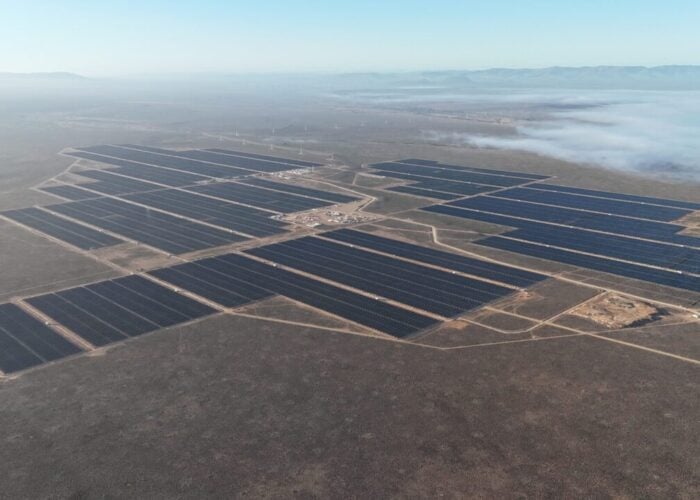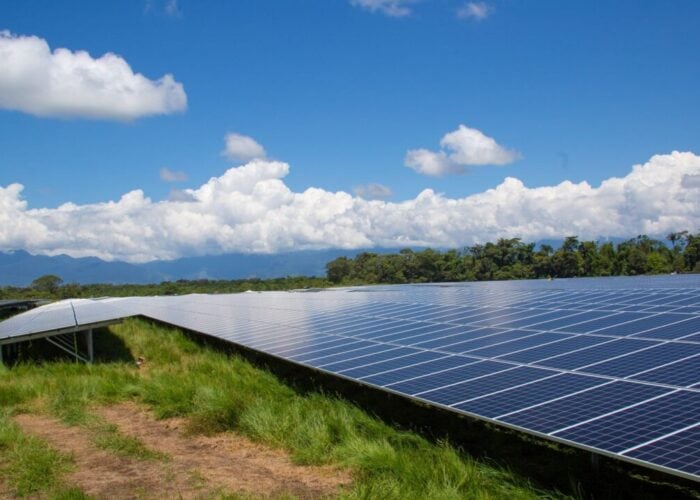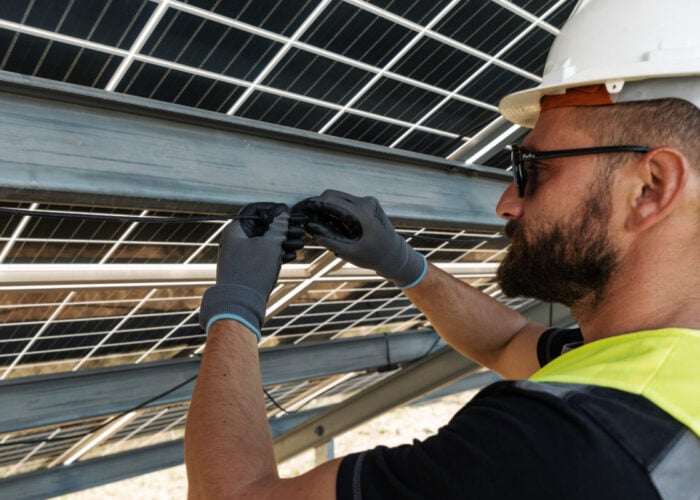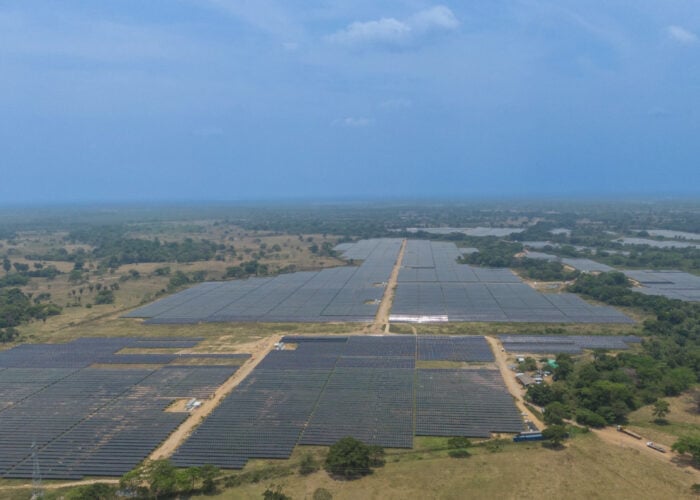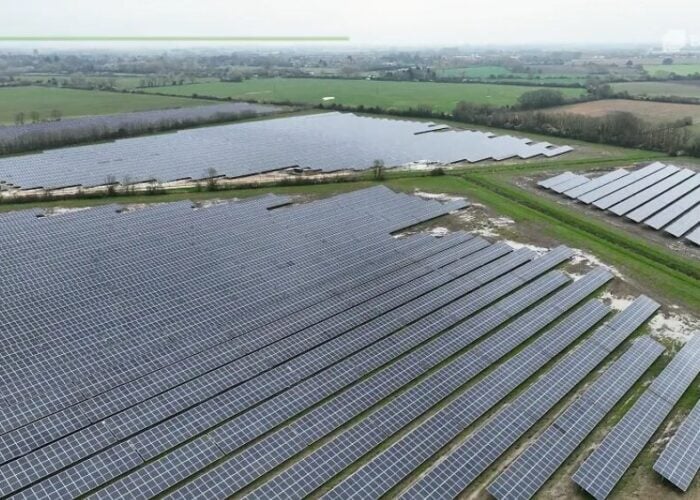Synova and the Fraunhofer Institute for Solar Energy Systems (ISE) have started a new research alliance that will see ISE utilize Synova’s Laser MicroJet (LMJ) technology with liquids other than pure water to evaluate the viability of the technology for wafering and micro-structuring applications on PV cells. Previous collaboration in 2007 had been undertaken with Synova’s technology in the field of solar-cell edge isolation.
“The solar industry is evolving rapidly, as are the manufacturing technologies that will enable its continued growth, said Dr. Daniel Kray, Head of Micro-patterning and Laser-chemical Technologies Group within Fraunhofer ISE’s Silicon Solar Cells Department. “The Institute is committed to effecting progress in this field, and is leveraging Synova’s Laser MicroJet to discover further applications that will help drive continued adoption of solar energy around the world.”
Try Premium for just $1
- Full premium access for the first month at only $1
- Converts to an annual rate after 30 days unless cancelled
- Cancel anytime during the trial period
Premium Benefits
- Expert industry analysis and interviews
- Digital access to PV Tech Power journal
- Exclusive event discounts
Or get the full Premium subscription right away
Or continue reading this article for free
Previous studies had shown that Synova’s “wet” approach offers improved cell integrity by eliminating heat and silicon surface damage, as well as contamination from the process debris associated with “dry” lasers.
With the evaluation of the tools using a variety of chemicals and process applications, the team hopes to develop new and improved processes over conventional ones. Areas of attention include grooving, cutting, slicing, doping, etching, isolation and via drilling, amongst others.
The new project is expected to continue through Q1 2009, with Synova shipping another LMJ machine to ISE in March 2008.

